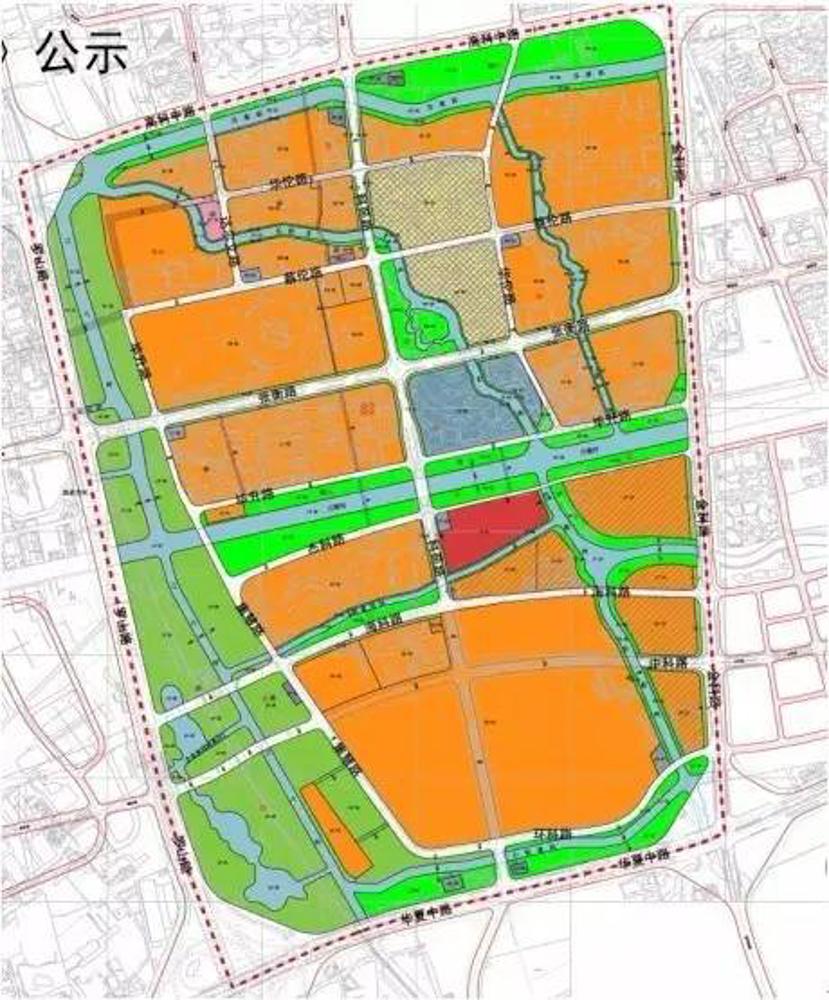 Operation and Maintenance
Operation and Maintenance
 Linux Operation and Maintenance
Linux Operation and Maintenance
 Recommended 10 articles about modification and use
Recommended 10 articles about modification and use
Recommended 10 articles about modification and use
Modifying the user mode can be achieved using the usermod command. 1. Introduction to common usermod commands: -a: Only used together with -G to add users to affiliated groups. -d: Modify the directory when the user logs in. For example, when a general user logs in, the preset home directory will be entered by default. Sometimes, in order to facilitate login, you need to enter a more complex path. You can use this option to set the directory when entering. . -g: Modify the group to which the user belongs. -G: Modify the additional groups to which the user belongs; this option can be used when changing the user's sudo permissions. -s: Modify the user mode used after logging in
1. Detailed introduction to modifying the user mode

Introduction: Modifying the user mode can be achieved using the usermod command. 1. Introduction to common usermod commands: -a: -d: Modify the directory when the user logs in. For example, when a general user logs in, he will enter the preset home directory by default. Sometimes, for the convenience of login, he needs to enter..
2. linux user management (2) about modifying user mode (picture)

Introduction: Modifying the user mode can be achieved using the usermod command. 1. Introduction to common usermod commands: -a: Only used together with -G to add users to affiliated groups. -d: Modify the directory when the user logs in. For example, when a general user logs in, the preset home directory will be entered by default. Sometimes, in order to facilitate login, you need to enter a more complex path. You can use this option to set the directory when entering. . -g:
3. Yii Framework Official Guide Series 23 - Using the Database: Data Access Object (DAO)

Introduction: Data Access Objects (DAO) provide a common API for accessing data stored in different database management systems (DBMS). Therefore, when changing the underlying DBMS to another, there is no need to modify the code that uses DAO to access data. ...
4. PHP Development Framework Yii Framework Tutorial (24) Database-DAO Example

Introduction: Data Access Object (DAO) provides a common API for accessing data stored in different database management systems (DBMS). Therefore, when changing the underlying DBMS to another, there is no need to modify the code that uses DAO to access data.
Introduction: The mongo/1.3.0RC1-dev version can be used normally and returned The value is an array and cannot be used in mongo/1.6.14. It seems that the mongo configuration information is returned. How to modify the PHP used
6. Support Ya'an, modify the web page and it will become gray and How to use code modification
Introduction: Support Yaan, modify the web page to become gray and how to use code modification
7. Summary of commonly used regular expressions in PHP_PHP tutorial
##Introduction: Summary of commonly used regular expressions in PHP. 1. Regular expressions are often used when building websites. Here are some explanations and examples for your reference and modification only: 2. ^d+$ //Non-negative integer (positive integer + 0) 3. ^[0-9 ]*[1-9][0-9]
8. Collection of commonly used regular expressions in PHP, regular expression collection_PHP tutorial
Introduction: Collection of commonly used regular expressions in PHP, regular expressions Collection of expressions. Collection of commonly used regular expressions in PHP. Regular expressions are often used when building websites. Here are some explanations and examples for your reference and modification only: "^d+$" //Not
9. PHP7 new feature foreach modified usage example
Introduction: PHP7 new feature foreach has slightly changed from the previous version, so in PHP7 What changes have been made to the new feature foreach? Let's take a look at the usage examples of the new feature foreach in PHP7. I hope the article can help everyone.
10. Summary of commonly used regular expressions in PHP
Introduction: Summary of commonly used regular expressions in PHP 1. Regular expressions are often used when building websites. Here are some explanations and examples for your reference and modification only: 2. "^d+$" //Non-negative integer (positive integer + 0) 3. "^[0-9]*[1-9][0-9]*$" //Positive integer 4. "^((-d+)|(0+))$
[Related Q&A recommendations]:
php - mongodb getlasterror Error
java-ee - java export excel, modify the content of the hard-coded interface
The above is the detailed content of Recommended 10 articles about modification and use. For more information, please follow other related articles on the PHP Chinese website!

Hot AI Tools

Undresser.AI Undress
AI-powered app for creating realistic nude photos

AI Clothes Remover
Online AI tool for removing clothes from photos.

Undress AI Tool
Undress images for free

Clothoff.io
AI clothes remover

Video Face Swap
Swap faces in any video effortlessly with our completely free AI face swap tool!

Hot Article

Hot Tools

Notepad++7.3.1
Easy-to-use and free code editor

SublimeText3 Chinese version
Chinese version, very easy to use

Zend Studio 13.0.1
Powerful PHP integrated development environment

Dreamweaver CS6
Visual web development tools

SublimeText3 Mac version
God-level code editing software (SublimeText3)

Hot Topics
 Where to view the logs of Tigervnc on Debian
Apr 13, 2025 am 07:24 AM
Where to view the logs of Tigervnc on Debian
Apr 13, 2025 am 07:24 AM
In Debian systems, the log files of the Tigervnc server are usually stored in the .vnc folder in the user's home directory. If you run Tigervnc as a specific user, the log file name is usually similar to xf:1.log, where xf:1 represents the username. To view these logs, you can use the following command: cat~/.vnc/xf:1.log Or, you can open the log file using a text editor: nano~/.vnc/xf:1.log Please note that accessing and viewing log files may require root permissions, depending on the security settings of the system.
 Key Linux Operations: A Beginner's Guide
Apr 09, 2025 pm 04:09 PM
Key Linux Operations: A Beginner's Guide
Apr 09, 2025 pm 04:09 PM
Linux beginners should master basic operations such as file management, user management and network configuration. 1) File management: Use mkdir, touch, ls, rm, mv, and CP commands. 2) User management: Use useradd, passwd, userdel, and usermod commands. 3) Network configuration: Use ifconfig, echo, and ufw commands. These operations are the basis of Linux system management, and mastering them can effectively manage the system.
 How debian readdir integrates with other tools
Apr 13, 2025 am 09:42 AM
How debian readdir integrates with other tools
Apr 13, 2025 am 09:42 AM
The readdir function in the Debian system is a system call used to read directory contents and is often used in C programming. This article will explain how to integrate readdir with other tools to enhance its functionality. Method 1: Combining C language program and pipeline First, write a C program to call the readdir function and output the result: #include#include#include#includeintmain(intargc,char*argv[]){DIR*dir;structdirent*entry;if(argc!=2){
 How to interpret the output results of Debian Sniffer
Apr 12, 2025 pm 11:00 PM
How to interpret the output results of Debian Sniffer
Apr 12, 2025 pm 11:00 PM
DebianSniffer is a network sniffer tool used to capture and analyze network packet timestamps: displays the time for packet capture, usually in seconds. Source IP address (SourceIP): The network address of the device that sent the packet. Destination IP address (DestinationIP): The network address of the device receiving the data packet. SourcePort: The port number used by the device sending the packet. Destinatio
 Debian Mail Server DNS Setup Guide
Apr 13, 2025 am 11:33 AM
Debian Mail Server DNS Setup Guide
Apr 13, 2025 am 11:33 AM
To configure the DNS settings for the Debian mail server, you can follow these steps: Open the network configuration file: Use a text editor (such as vi or nano) to open the network configuration file /etc/network/interfaces. sudonano/etc/network/interfaces Find network interface configuration: Find the network interface to be modified in the configuration file. Normally, the configuration of the Ethernet interface is located in the ifeth0 block.
 How Debian improves Hadoop data processing speed
Apr 13, 2025 am 11:54 AM
How Debian improves Hadoop data processing speed
Apr 13, 2025 am 11:54 AM
This article discusses how to improve Hadoop data processing efficiency on Debian systems. Optimization strategies cover hardware upgrades, operating system parameter adjustments, Hadoop configuration modifications, and the use of efficient algorithms and tools. 1. Hardware resource strengthening ensures that all nodes have consistent hardware configurations, especially paying attention to CPU, memory and network equipment performance. Choosing high-performance hardware components is essential to improve overall processing speed. 2. Operating system tunes file descriptors and network connections: Modify the /etc/security/limits.conf file to increase the upper limit of file descriptors and network connections allowed to be opened at the same time by the system. JVM parameter adjustment: Adjust in hadoop-env.sh file
 How to recycle packages that are no longer used
Apr 13, 2025 am 08:51 AM
How to recycle packages that are no longer used
Apr 13, 2025 am 08:51 AM
This article describes how to clean useless software packages and free up disk space in the Debian system. Step 1: Update the package list Make sure your package list is up to date: sudoaptupdate Step 2: View installed packages Use the following command to view all installed packages: dpkg--get-selections|grep-vdeinstall Step 3: Identify redundant packages Use the aptitude tool to find packages that are no longer needed. aptitude will provide suggestions to help you safely delete packages: sudoaptitudesearch '~pimportant' This command lists the tags
 How to use Debian Apache logs to improve website performance
Apr 12, 2025 pm 11:36 PM
How to use Debian Apache logs to improve website performance
Apr 12, 2025 pm 11:36 PM
This article will explain how to improve website performance by analyzing Apache logs under the Debian system. 1. Log Analysis Basics Apache log records the detailed information of all HTTP requests, including IP address, timestamp, request URL, HTTP method and response code. In Debian systems, these logs are usually located in the /var/log/apache2/access.log and /var/log/apache2/error.log directories. Understanding the log structure is the first step in effective analysis. 2. Log analysis tool You can use a variety of tools to analyze Apache logs: Command line tools: grep, awk, sed and other command line tools.





